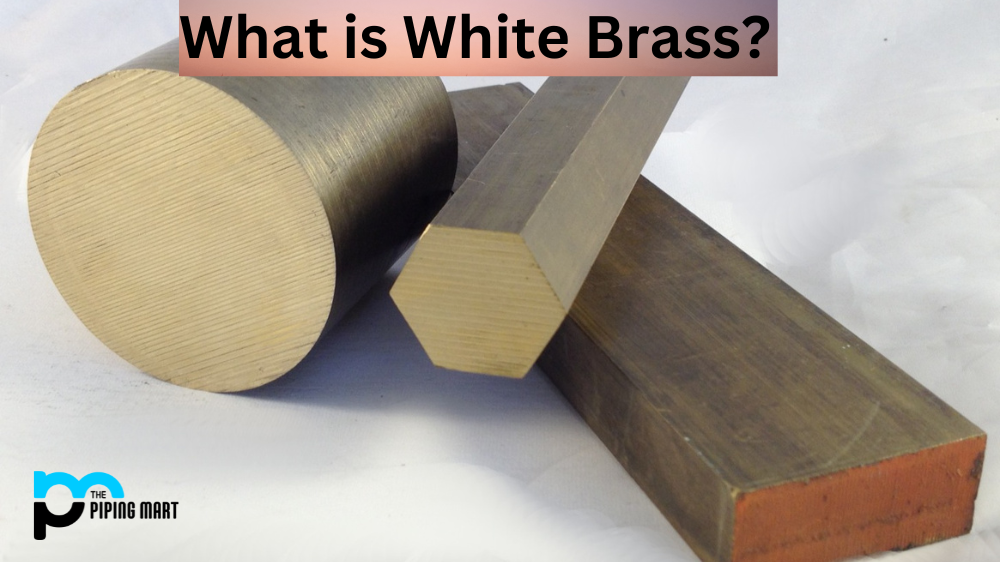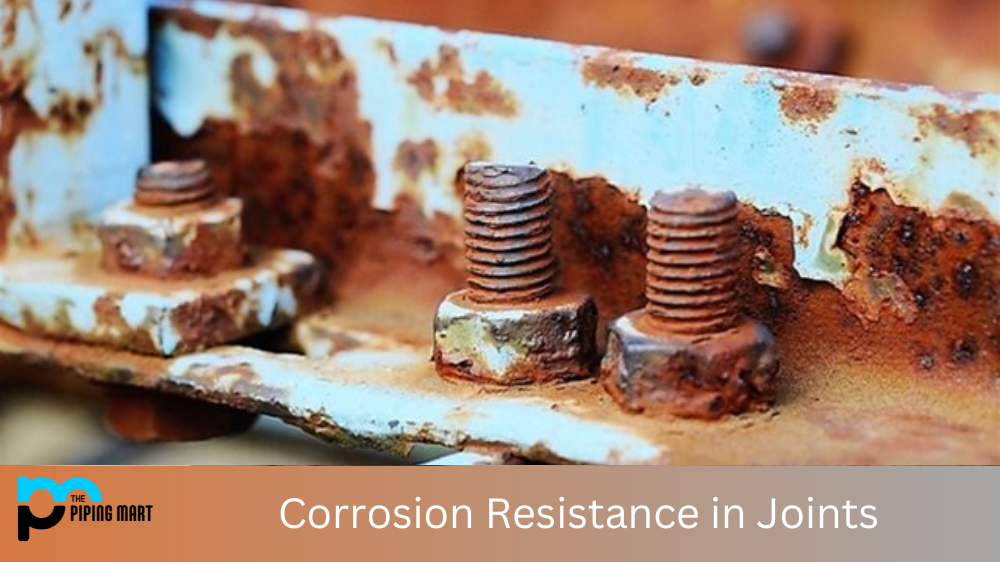Stainless steel is a popular material used in many industries due to its strength, durability, and resistance to corrosion. However, not all stainless steel is created equal. There are different grades of stainless steel, each with its unique properties. Two popular grades of stainless steel are 201 and 409. This blog post will compare the two and help you determine the best fit for your next project.
Difference Between 201 Stainless Steel and 409 Steel
Composition and Characteristics
201 stainless steel contains 16%-18% chromium, 4%-5% nickel, and a small amount of manganese, which gives it a shiny appearance and good resistance to corrosion. It is also harder and stronger than 304 stainless steel, making it an ideal material for industrial uses that require toughness and durability. On the other hand, 409 stainless steel has a lower chromium content (10.5%-11%) and no nickel, making it less shiny and not as corrosion-resistant as 201 stainless steel. However, it has better heat resistance and is more affordable than 201 stainless steel.
Applications
201 stainless steel is commonly used in the automotive industry for exhaust systems, fuel tanks, and hangers due to its toughness and corrosion resistance. It is also used in the food industry for appliances and equipment because it’s easy to clean and maintain. In contrast, due to its heat resistance and affordability, 409 stainless steel is widely used for automotive exhaust systems, mufflers, and catalytic converters. It is also used in construction for architectural applications like roofing and cladding.
Weldability
201 stainless steel is easily welded using traditional techniques like TIG, MIG, and spot welding. It also has excellent formability, making it easy to shape and bend to fit various applications. On the other hand, 409 stainless steel is also easy to weld but requires a different type of welding technique called gas tungsten arc welding (GTAW) to avoid burn-through. It is also brittle than 201 stainless steel, making it prone to cracking during welding.
Corrosion Resistance
201 stainless steel has good resistance to corrosion in mild environments but is unsuitable for harsh environments like marine or acidic environments. It may also become susceptible to rust if exposed to chloride ions. Conversely, 409 stainless steel has poor resistance to chloride ions and harsh environments and is more prone to corrosion and rusting than 201 stainless steel.
Price
Price is an essential factor to consider when choosing between 201 and 409 stainless steel. While 201 Stainless is on the higher end of the price range, it is still a better investment for applications that require durability and corrosion resistance. Meanwhile, 409 stainless steel is less expensive, making it more suitable for applications where heat resistance is important, but the cost is a factor.
Conclusion
Choosing between 201 and 409 stainless steel requires careful consideration of your application needs, including corrosion resistance, heat resistance, weldability, price, and formability. While 201 stainless steel is more expensive than 409 stainless steel, it is a better investment for durability and corrosion resistance applications. In contrast, 409 stainless steel is more affordable for high-heat applications but may not be suitable for harsh environments. Ultimately, the choice between the two depends on your specific use case and budget.
Meet Heer, a dynamic and driven writer learning tricks of her trade in the metal industry. With a background in Digital Marketing, Heer brings a unique perspective to her writing, sharing valuable insights. Apart from blogging she like reading and hiking.




